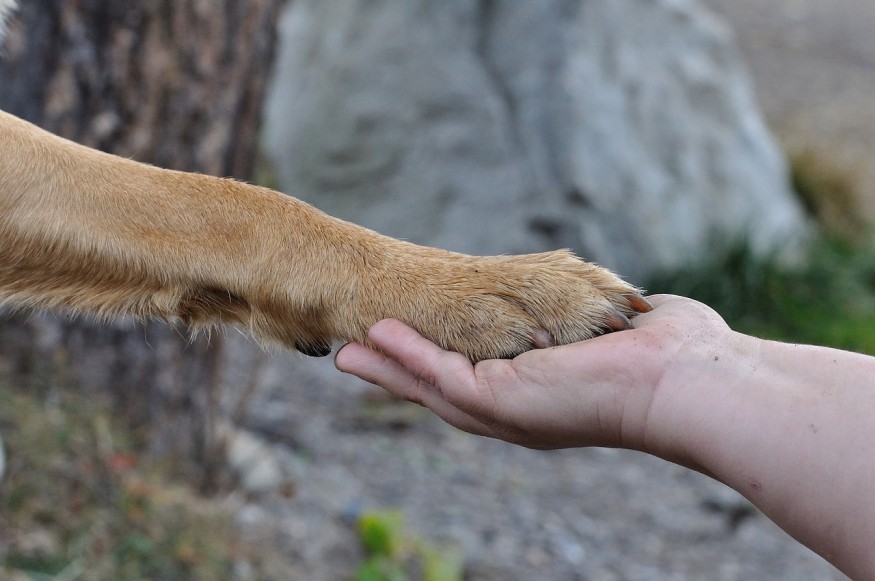
Zoonoses, or zoonotic diseases, are diseases caused by germs that animals can pass on to humans.
Zoonotic Diseases
According to disease ecologist Barbara Han from the Cary Institute of Ecosystem Studies, zoonotic diseases originate from animals and can lead to diseases among humans.
These diseases are prevalent all over the world. Fungi, parasites, bacteria, and viruses can cause them. These conditions could lead to mild or severe disease, or even death.
According to experts, animals can spread roughly 60% of known infectious diseases among humans. Moreover, the Centers for Disease Control and Prevention (CDC) notes that roughly three out of four new diseases in humans have animal origins.
The World Health Organization has been collaborating with governmental and nongovernmental groups all over the world to manage and identify the global threat brought about by zoonotic diseases. In 2019, the CDC listed eight zoonotic diseases that are most concerning within the US. This list was done in collaboration with the USDA (US Department of Agriculture). These zoonotic diseases are salmonellosis, zoonotic influenza, plague, West Nile virus, emergic coronaviruses, brucellosis, rabies, and Lyme disease.
These diseases are considered a major health concern for humans due to the increasing frequency of zoonotic disease incidence and the difficulty in predicting where they may show up.
When it comes to prevention, good hygiene is a good starting point on an individual scale. Learning more about animals and their environments could also be helpful.
ALSO READ : Zoonotic Diseases Expected To Increase Due to Climate Change, Kill 12 Times More Individuals in 2050 [Study]
How Animal-to-Human Transmission Works
The easiest way for such diseases to spread from animals to humans is through direct contact, such as handling, petting, or getting scratched or bitten by an animal. Those who work in animal care or livestock industries have a higher susceptibility to being exposed to zoonotic diseases due to their frequent direct contact with animals. Pets could also be a direct exposure source. The same is the case for wild animals that hunters come into contact with.
Time spent in areas that animals live in could lead to indirect zoonotic disease exposure through getting into contact with surfaces or waters that infected animals may have come into contact with. In fact, there are even zoonotic germs that could contaminate the air.
Insects can also serve as "middlemen" for transmission. For instance, ticks can bring bloodborne pathogens, including bacteria that can cause Lyme disease, from an infected animal to humans. Fleas and mosquitoes are also common zoonotic disease vectors. They may transmit plague-causing bacteria and the Zika virus, among others.
The consumption of contaminated food can also lead to transmission. Eating undercooked eggs or meat or consuming unwashed produce that has been contaminated with the feces of animals could cause illness due to the germs the animal carries. Drinking contaminated water or unpasteurized and raw milk can also make zoonotic diseases spread to humans.
Check out more news and information on Medicine & Health in Science Times.
© 2025 ScienceTimes.com All rights reserved. Do not reproduce without permission. The window to the world of Science Times.











